If you’re training for general health and wellness, to be more comfortable in your body, or any reason that’s not sport specific (and even if you are training for something sport specific!) there are 5 activities you should absolutely consider adding to your routine to improve your overall fitness levels.
Like everything in life, moderation is key. If you think only lifting weights is enough to pass as exercise to keep you healthy, or only stretching all of the time is the answer to your sore muscles – it’s not! Consider adding these activities into your routine and in time you’ll develop a better appreciation for your body and how much it can be capable of!
1. Activities That Are Low Impact
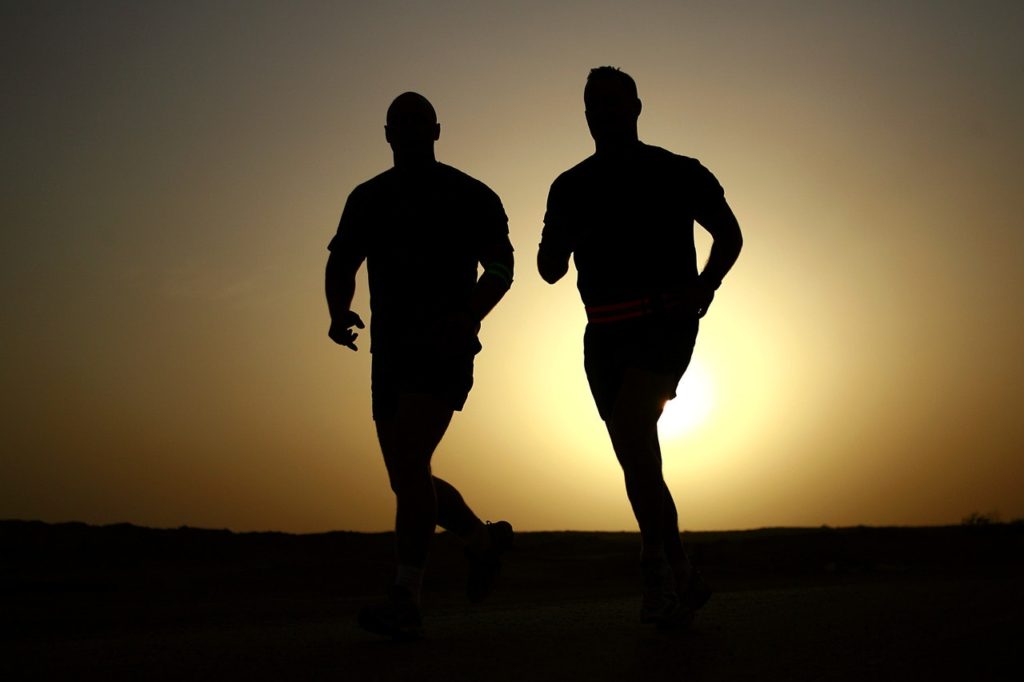
Specifically, activities that are low impact and can be sustained for a long period of time. More specifically, running!
If you’re new to running, you have bad knees, or are afraid of developing shin splints, I would highly recommend hiring a running coach, or going to a running lab to have your gait assessed. Think of it as an investment for your heart health – much worth.
Instead of going for distance, go for time. This takes the pressure off of need/wanting to cover an amount of distance within a certain period of time. But you are the master of your own life, so maybe go for distance too! As long as you’re able to keep a sustained pace for the entire length of your run.
Work on improving the way you run, start slow – really slow. Be very intentional with your strides, the way your feet hit the ground and the way you push off of the ground. It’s more important to keep a steady pace, than it is to make heroic strides and achieve fast times.
There’s a formula for those who are numbers oriented.
180 minus your age. That is the heart rate you should aim to keep for the length of your run.
For me, I go for feel. As long as my cardiovascular system feels like it’s being challenged enough, and I can keep it going for about an hour, that’s the running pace I will keep.
There is an entire training program pioneered by Dr. Philip Maffetone called Maximum Aerobic Function (MAF for short) that utilizes this method of “low heart-rate training.”
The benefits?
You are improving your overall aerobic capacity. To me, this is the greatest benefit. Let’s put it this way: for an hour, or however long you choose to run, you are working out your heart, exercising the elasticity of your blood vessels, and flushing your cardiovascular system with oxygen. In addition, you’re improving the efficiency of oxygen transport and consumption from lungs to your major muscle groups!
You can have more training days on. By going at a slower pace, you allow yourself to pay more attention to the way you move, you decrease the risk of minor injuries that will add up if you’re always shooting to perform at a high level, which means you skip lengthy recovery days.
If you really don’t want to fit running into your routine, you can achieve something similar with cycling, swimming, speed walking, hiking trails, trail running, or backwards running. Just keep in mind depending on the activity, it may require more time spent to reap the benefits.
2. Activities That Improve/Maintain Your Foundational Strength

The human body is extremely adaptable. It will always move towards the most efficient way of functioning. This is great for minimizing energy consumption – it also means that it’s great at reducing output to the bare minimum.
Maintaining your muscle mass and strength costs the body a lot of energy. If your lifestyle does not require you to challenge your muscles and strength on a regular basis, any gains you make will be lost fairly quickly.
That is to say, your body will revert back to the level of efficiency that reflects your lifestyle’s status quo.
To keep it simple, I like to break down foundational strength into three categories:
- Push/Pull Strength
- Core Strength
- Leg Strength
Push/Pull
In reference to your upper body strength, push and pull are two types of movements that we do all the time throughout the day, and so developing your strength within those two dimensions is so important for maintaining the integrity of your upper thoracic and shoulder health.
If you can manage to work up towards achieving 20-30 consecutive push ups, and 6-10 consecutive pull ups, I’d say you’re in a very good place. If you can do them effortlessly, even better!
Remember good form leads to better function. Always pay attention to how you stack your joints (more on this in a later post). If you find that you’re forcing a movement to happen, dial the workload back. Use the eccentric method for pull ups (colloquially known as pull up negatives), or if you have access to tools like the resistance band, use that. Likewise do your push ups in an incline position until you develop more strength to do them in the regular push up position.
Core Strength
A strong core supports posture, improves balance, benefits hip and pelvis strength and function.
In terms of the core, think about everything between where your diaphragm starts and the base of your pelvic bowl. As well, think about it in terms of a wide belt or corset that wraps around from front to back!
Here’s where I would start with core strengthening: learning how to relax the muscles of your abdomen! How can you effectively contract something that isn’t fully relaxed?
Our abdomen is a highly sensitive area – from housing our organs to being the place where our vagus nerve runs through. Additionally, society has given us this expectation to be ashamed of any shape of the abdomen that isn’t flat. Subconsciously, many of us are tensing our abs without even being aware of doing so.
Try these:
Bracing your Core
Exercises that challenge you to keep your core braced is a great way to get into the habit of using your abdominal muscles intentionally. When this becomes second nature to you, standing and sitting with better posture will naturally fall into place!
Exercises such as these are excellent at exercising the core:
- Dead Lifts
- Planks
- Variations of the Hollow Hold
- Boat Pose
- L Hangs
- Dead Bugs
Leg Strength
Our feet and legs are the foundation of our body. Having strong legs is such a confidence boost in so far as trusting that your body can take you anywhere!
The muscles in our legs are very much endurance based. They are very resilient, so exercise and challenge them more than you think you need to!
Culturally, Hunter-gatherer’s only started phasing out about 12,000 years ago. It was estimated that they moved anywhere from 8 to 16 km a day. That is easily more than 20,000 steps a day! You better bet you still have those genetics within you that allows that amount of resilience to pace around.
Exercises that improve leg strength:
- Squats (weighted and body weight)
- Horse Stance
- Lunges
- Running
- Walking Up-hill
- Climbing Stairs
If your main method of leg strengthening is through body weight means, train them in high volume, and do it often!
3. Activities That Challenge Your Balance

If one of your reasons for training is for longevity of your body’s health, consider this: there is a correlation between risk of falling as we age and having poor balance and flexibility.
We have a sixth sense! It’s known as proprioception. Our proprioceptive system has its tools located throughout our muscles, in our ears, in and around our joints. Any exercises that challenge you to utilize your stabilizer muscles is a very great place to start.
You can consider individuals who get into acrobatics, circus performance, certain forms of dance, Olympic diving, and gymnastics as people who have thoroughly developed their proprioception. These are people who have sharpened the sense of knowing where their body is in relation to the space around them.
Of course, we do not need to go around tumbling and doing aerial based maneuvers (although it would be really cool) in order to train our spatial awareness and balance. We can however, learn from how it is that they train!
In addition, a lot of balance exercises have the extra benefit of challenging your core!
Ideas for exercises that challenge your balance:
- Practice standing on one leg with eyes closed
- Yoga
- Balancing on your toes
- Utilizing the bosu ball
- Single arm planks
- Side plank variations
- Animal Flow movements
Balance and flexibility go hand in hand, which leads to the next activity to add into your fitness routine.
4. Activities That Improve Your Mobility
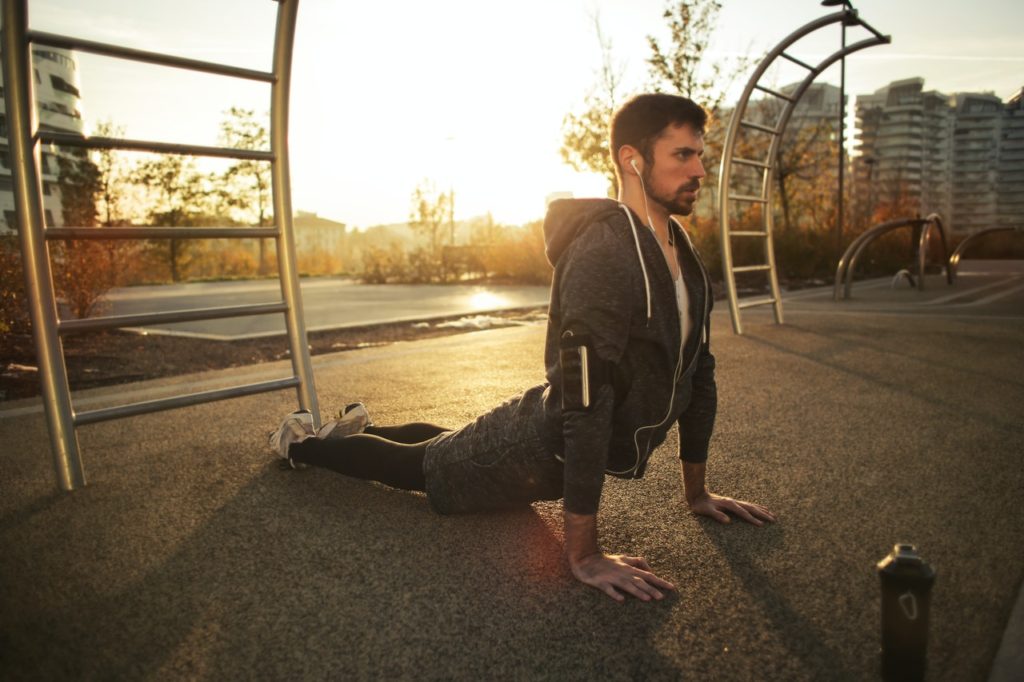
Here’s the nuanced difference between flexibility and mobility: good flexibility does not equate to good mobility. Your flexibility is determined by the suppleness of your muscle and your joint’s laxity.
Mobility is your ability to control your muscles to actively utilize your joint’s inherent range of motion.
Of course, if your muscles are tight, or the joint is inflammed, the range of motion suffers.
Stretching is great, but to what extent? What amount of flexibility do you aim for? If you have an activity that requires you to utilize your flexibility, that can be a good metric.
Training your mobility and flexibility is often an after thought – strange, because a good mobility and stretch session can leave you feeling amazing!
There is a wealth of knowledge online to give you ideas on what kinds of movements you can incorporate into your routine.
Check out
My personal practice of mobility and flexibility is almost a daily thing, because it leaves my body feeling better, always.
5. Activities That Challenge Your Whole Body
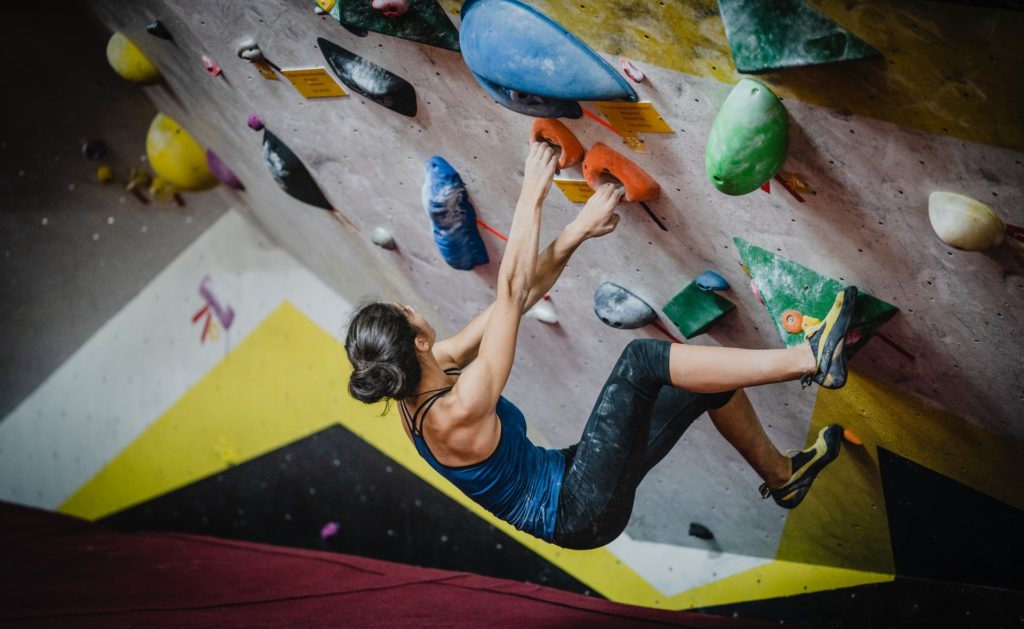
Once in a while, engage in activities that challenge your whole body. Get out there and have some fun because you can!
There was this amazing fact that I learned during my undergrad: juggling can enhance the connections in our brains. That is to say, doing something new that you suck at is a fantastic way to develop more brain cells!
When we engage in activities that require a completely new set of motor patterns – where we need to use our senses in a different combination, it pushes our brain to learn on the spot. What we see around us as we engage in the activity challenges our brain to process the information in order for our body to keep up.
Whether it’s rock climbing, swimming, mountain biking, snowboarding, hiking long trails, taking a class such as yoga, martial arts, dance. The options are endless! Who knows, you might find a new hobby or passion!

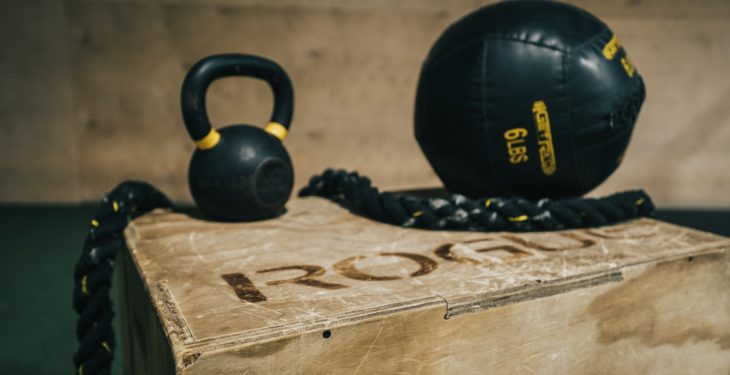
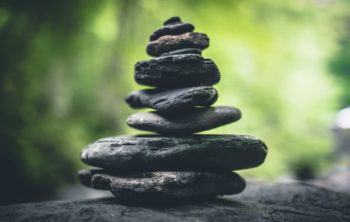



No Responses